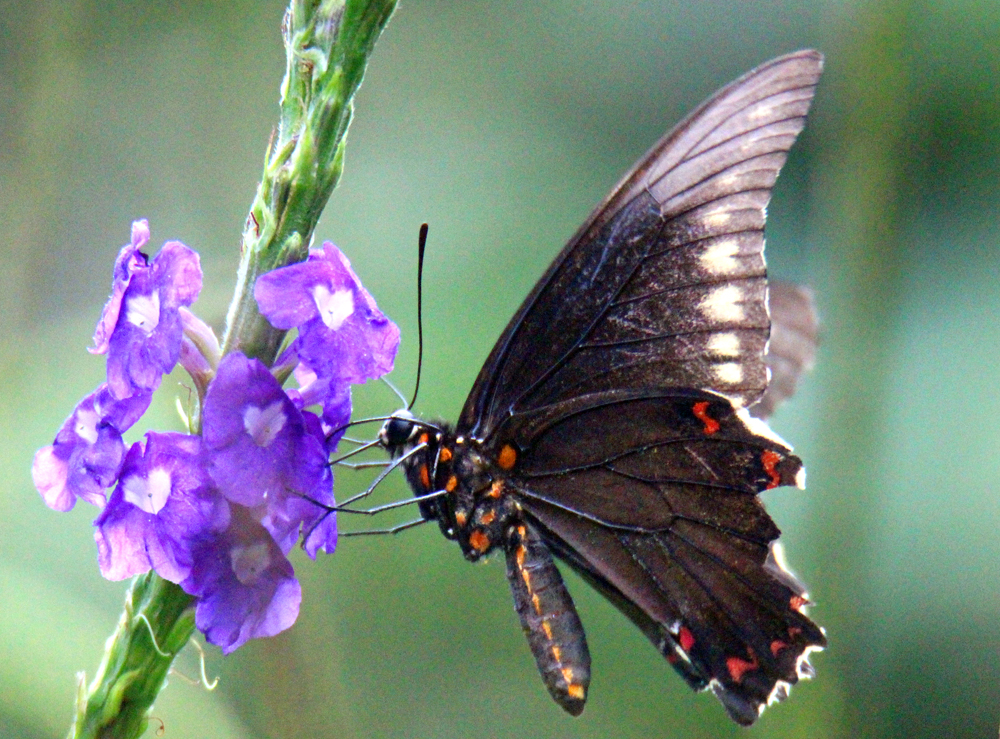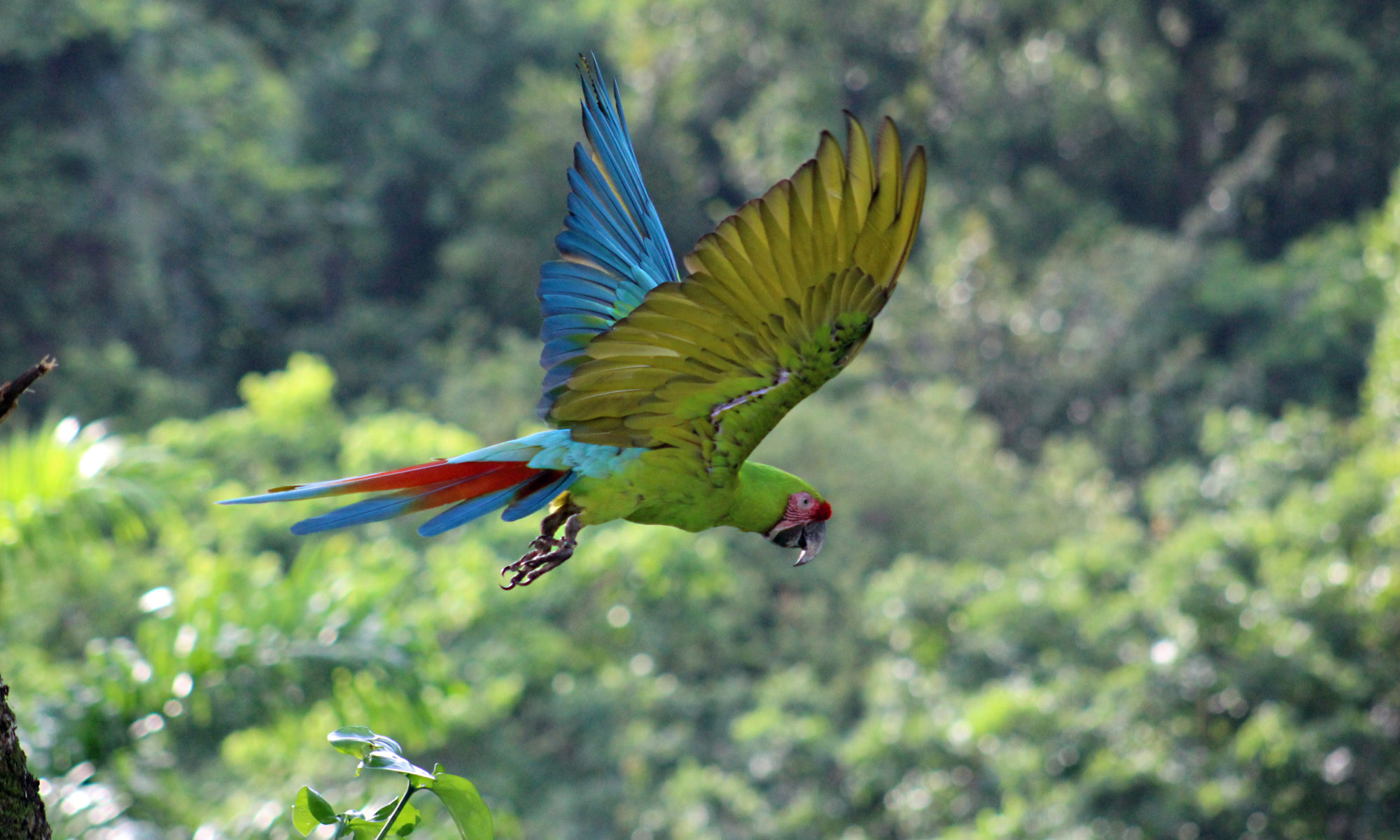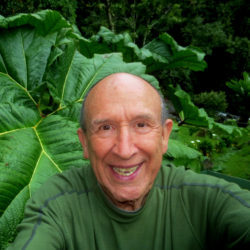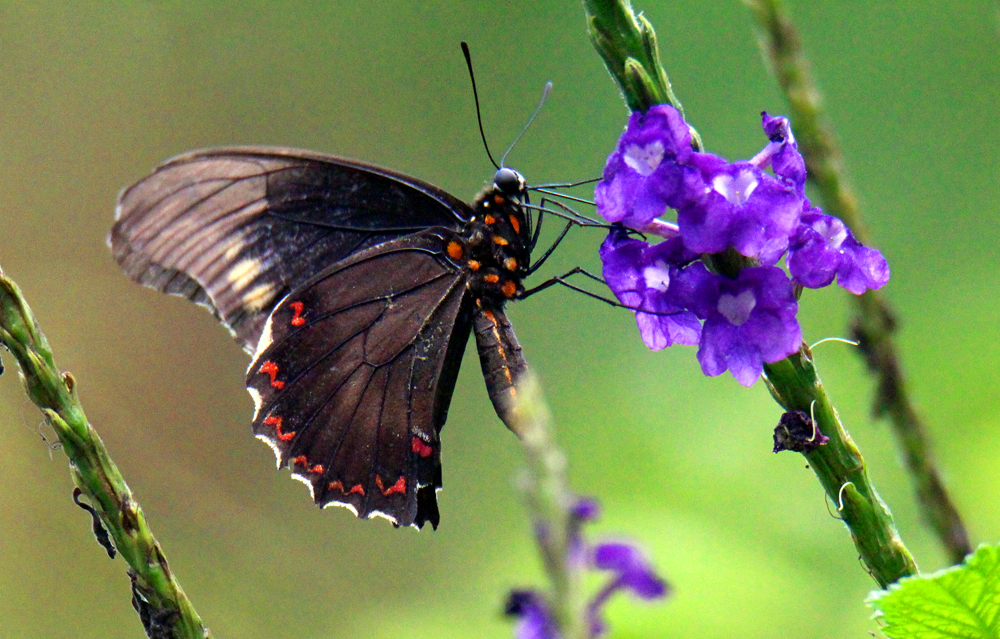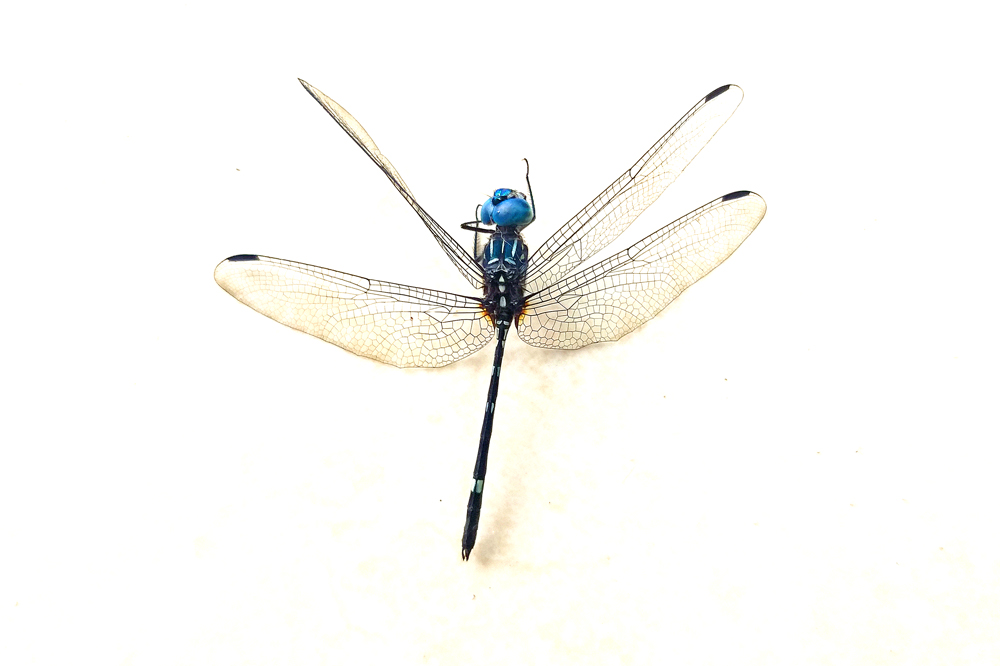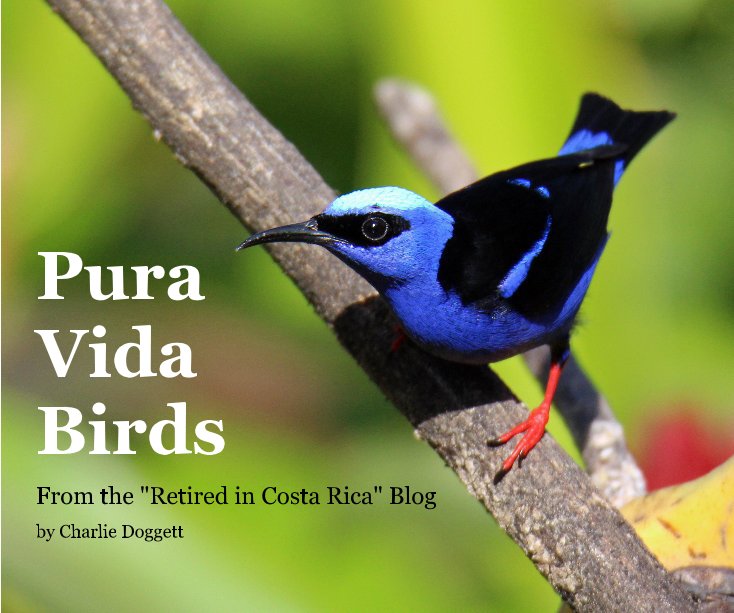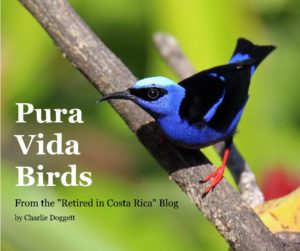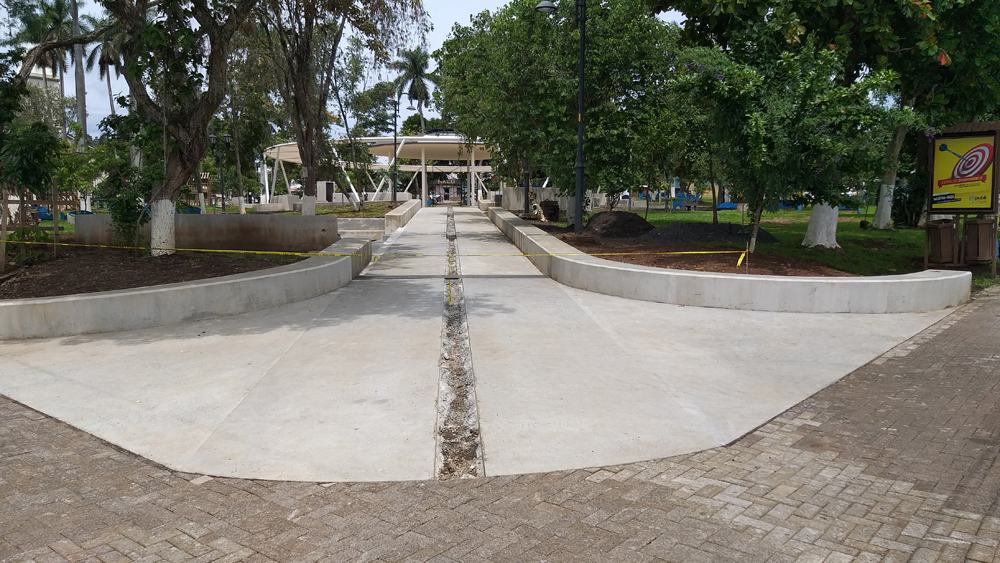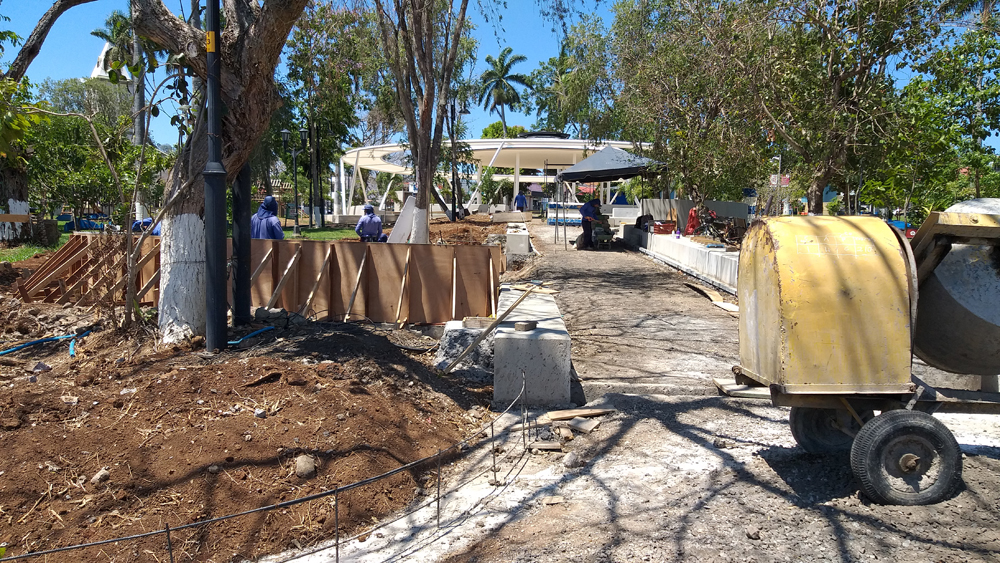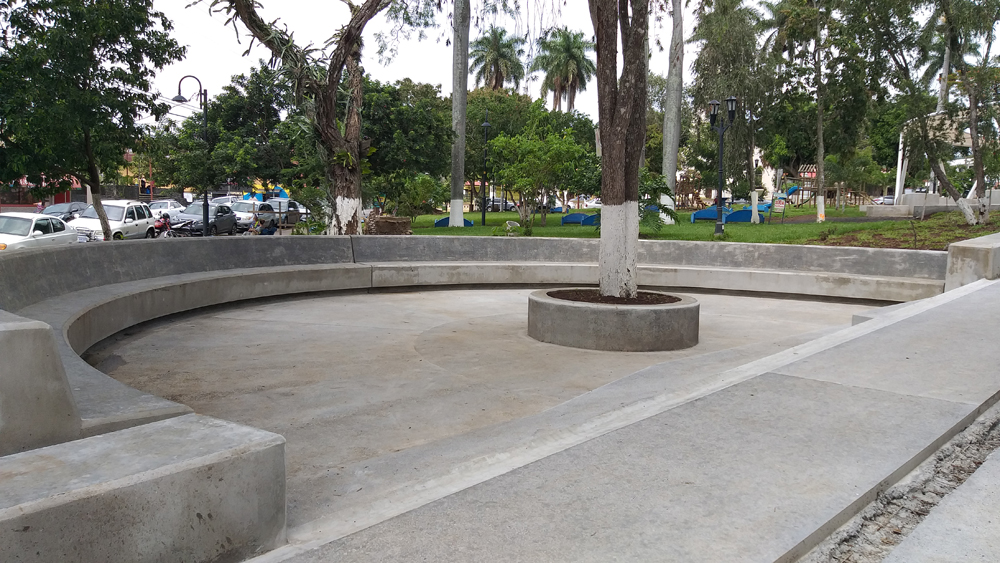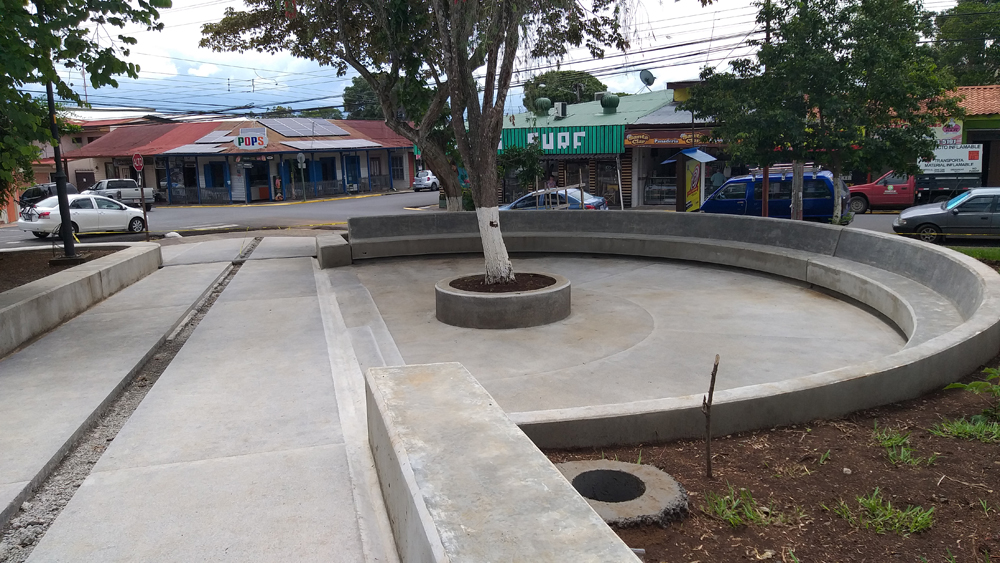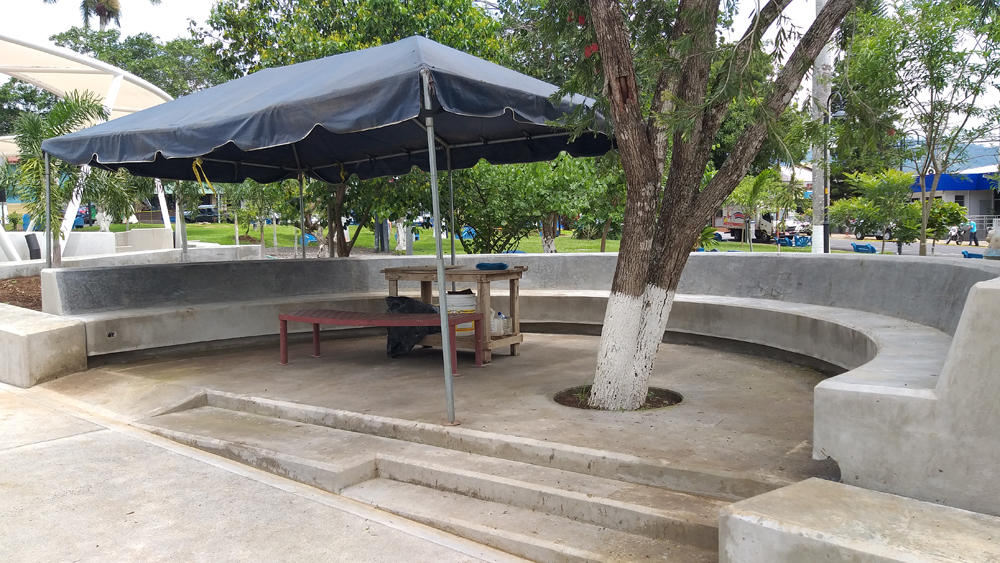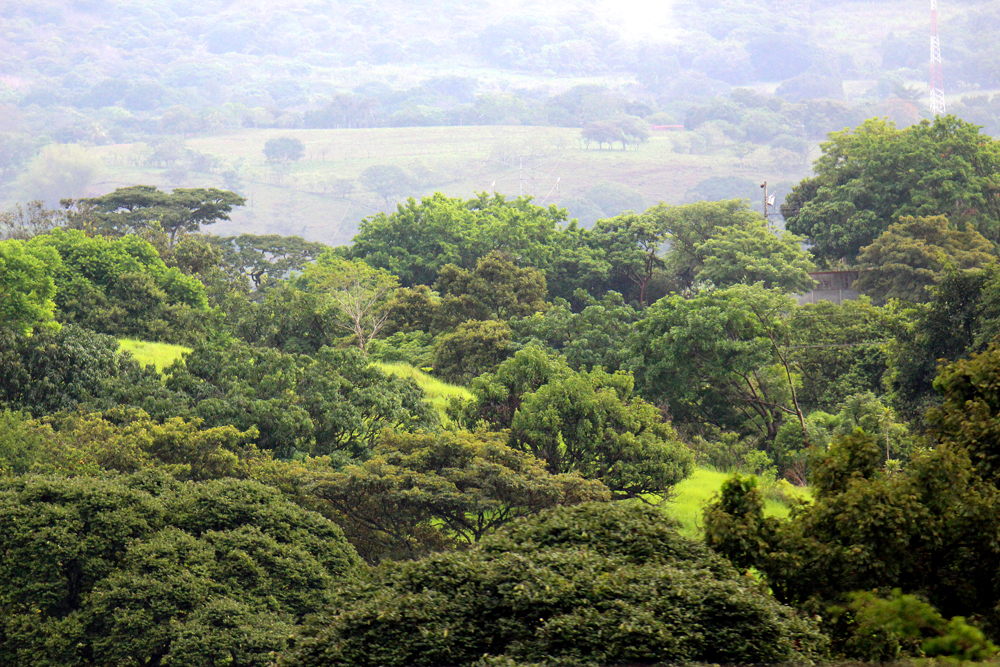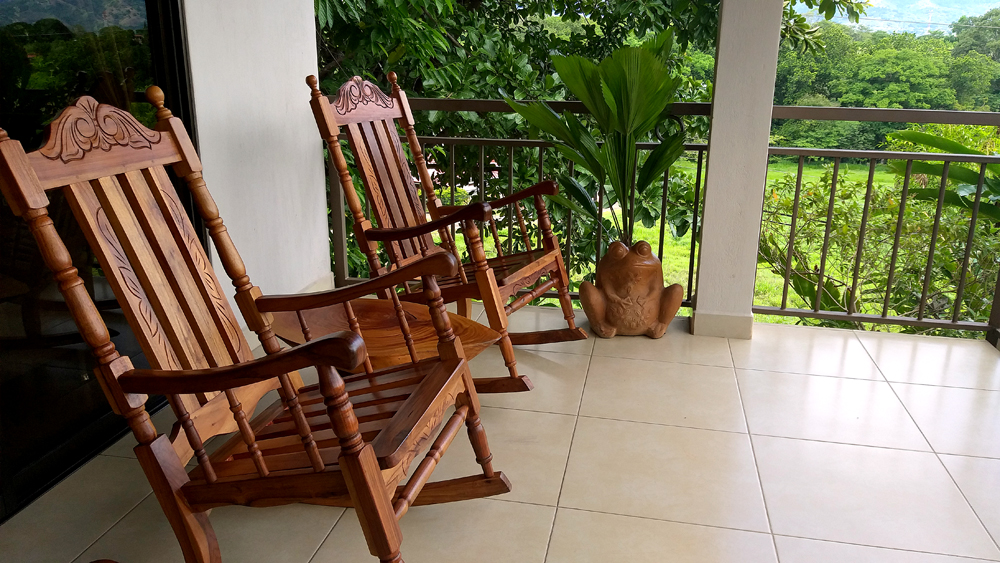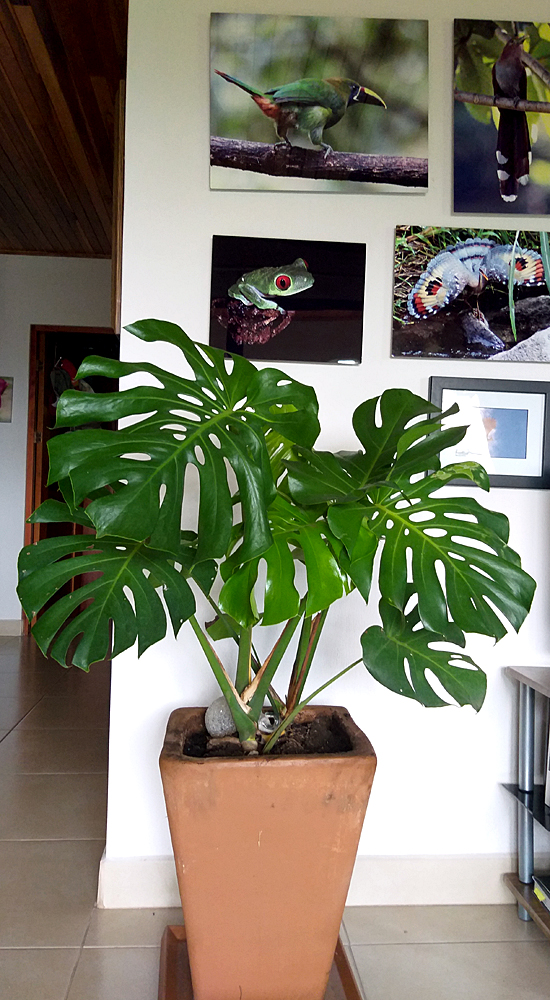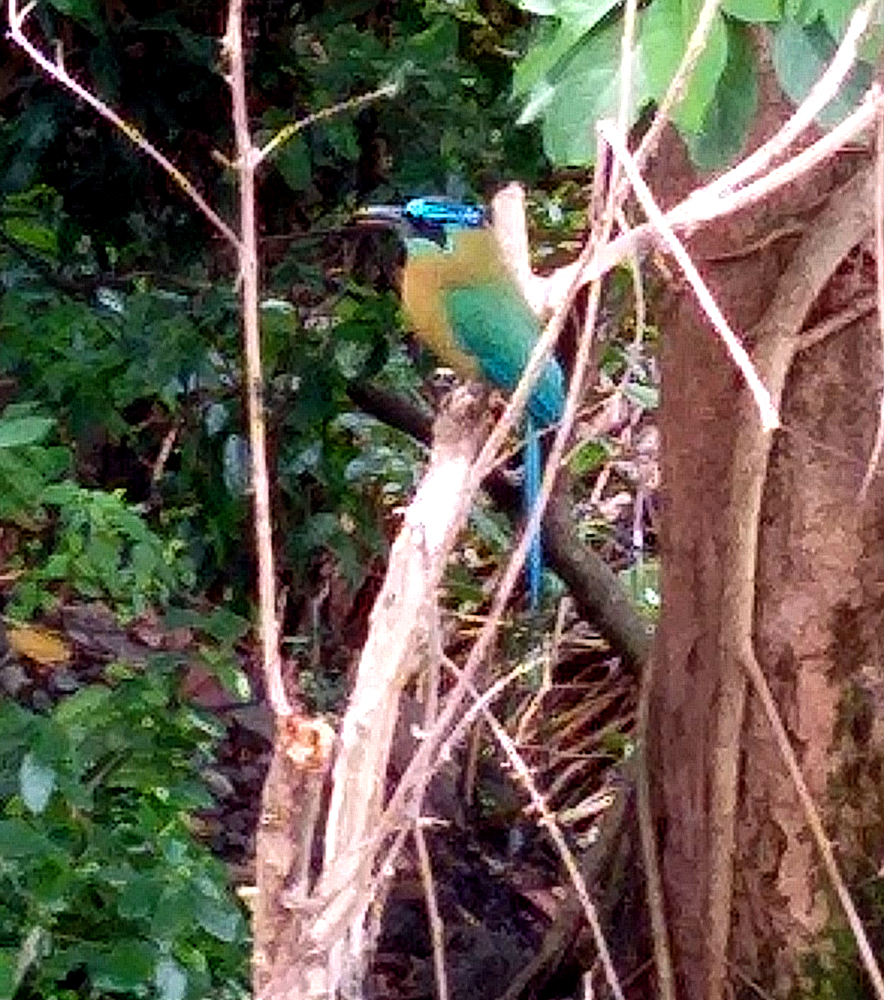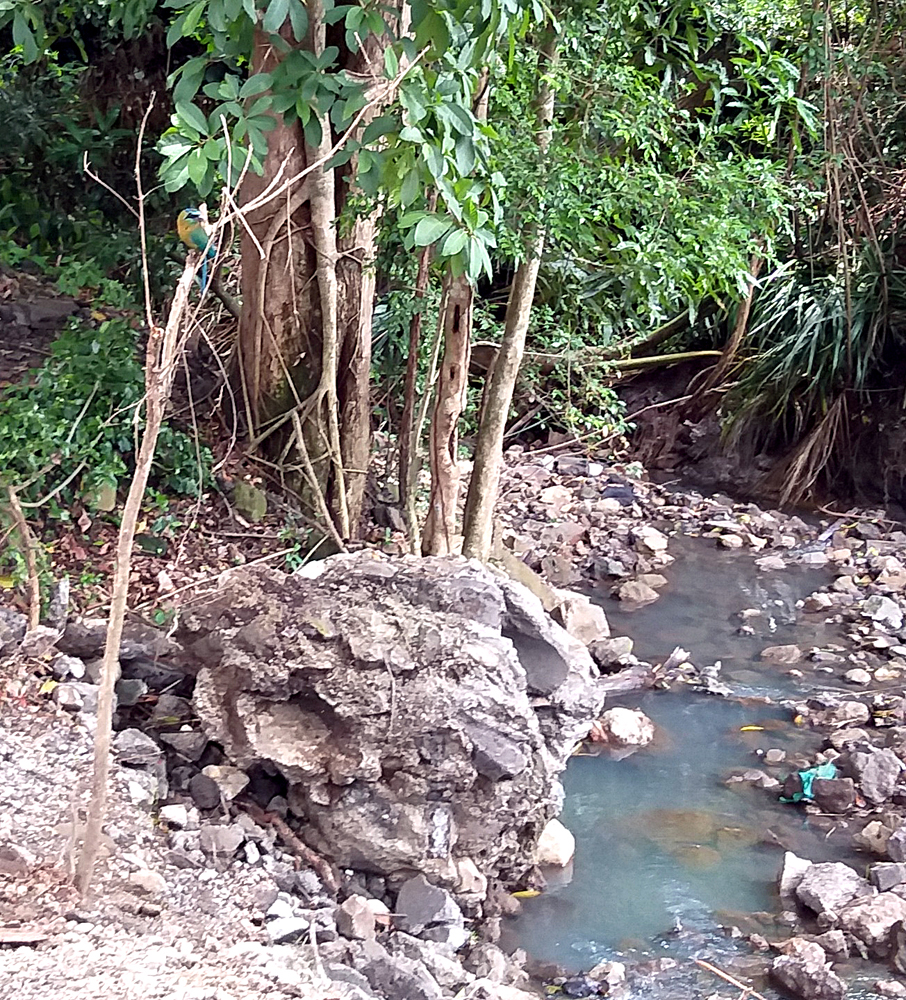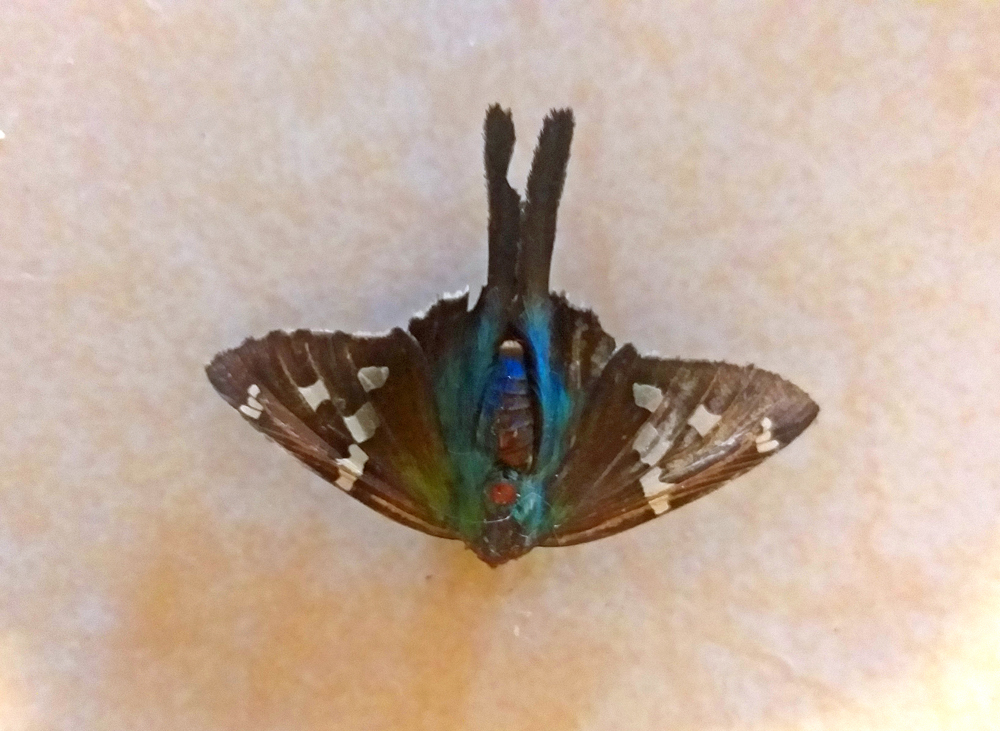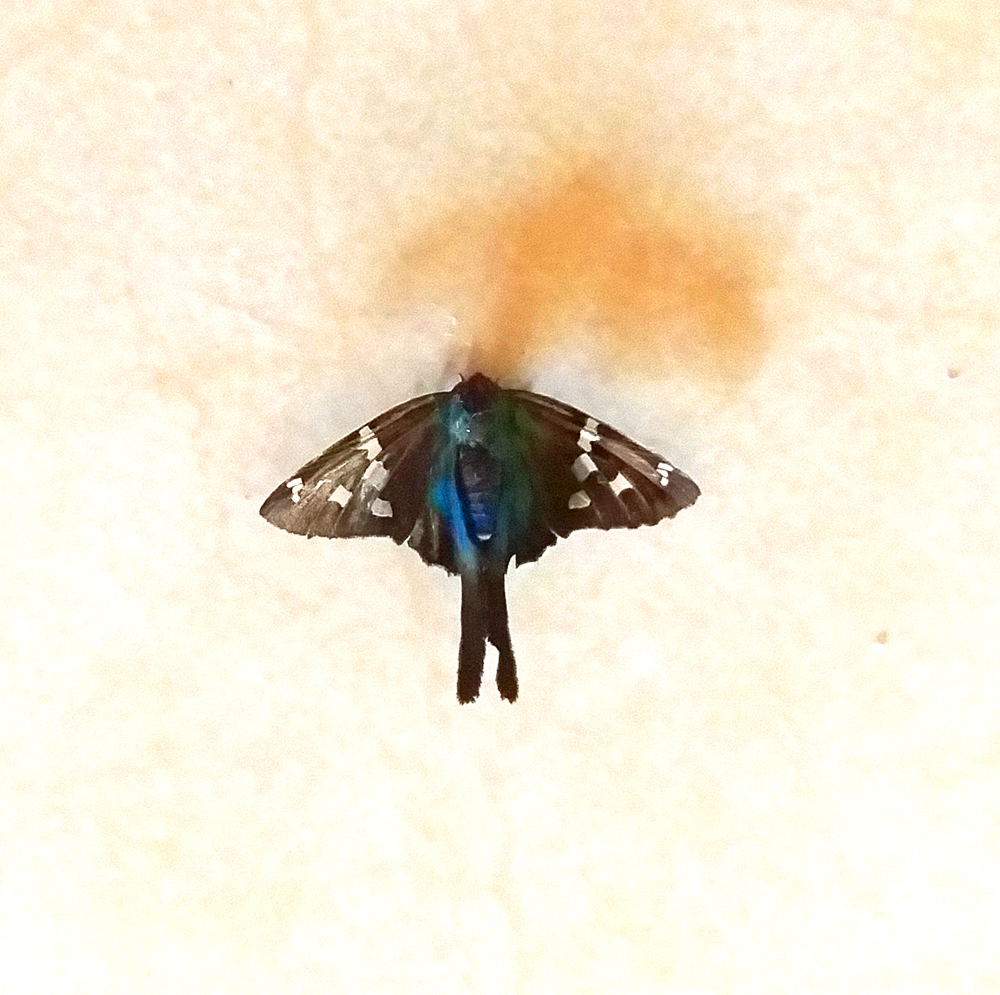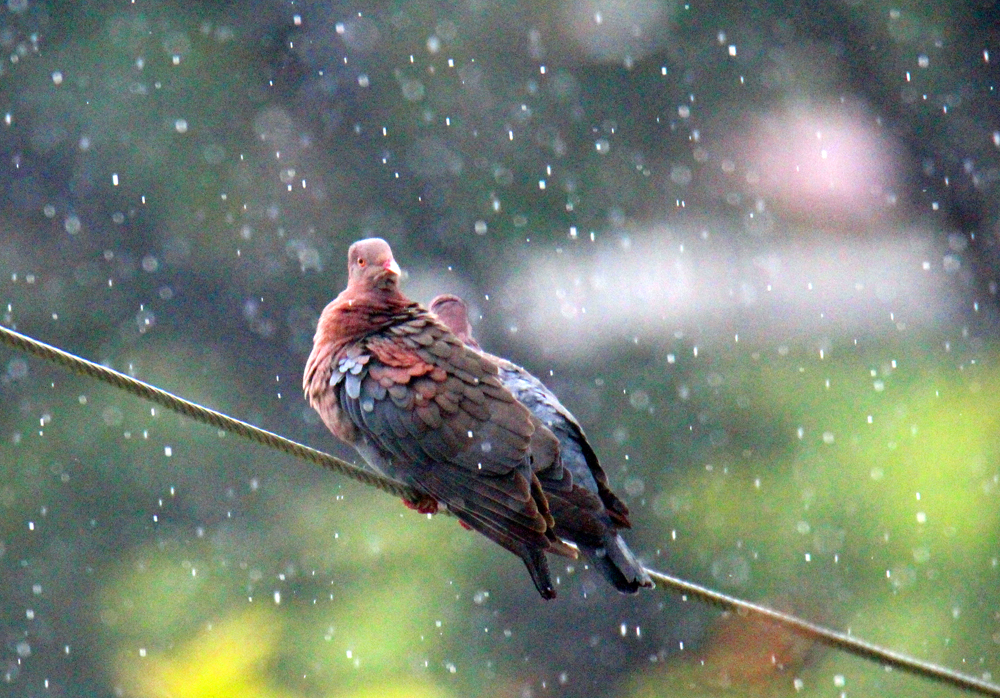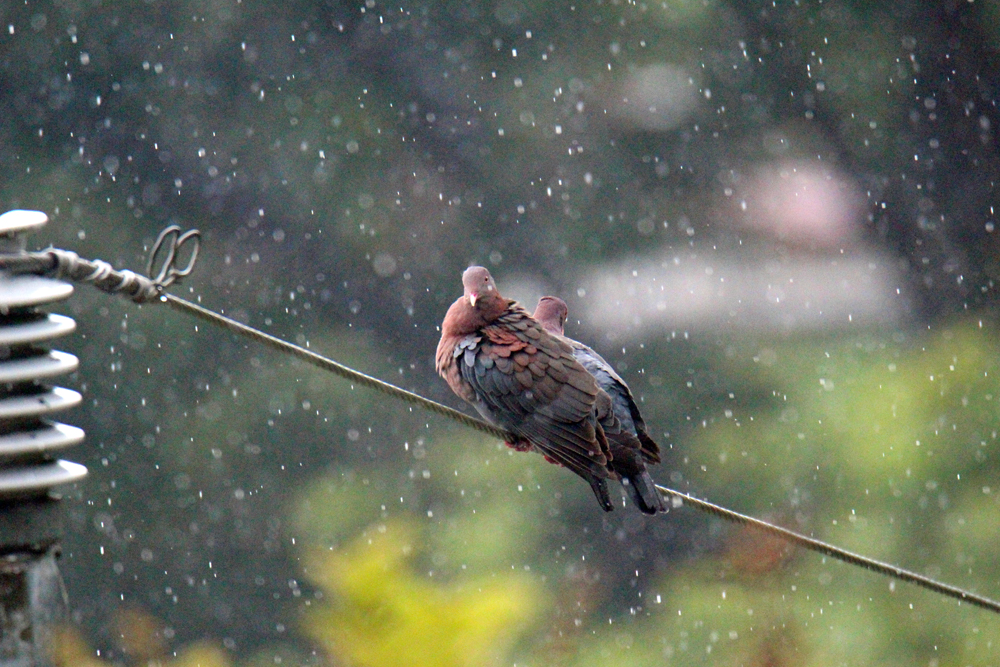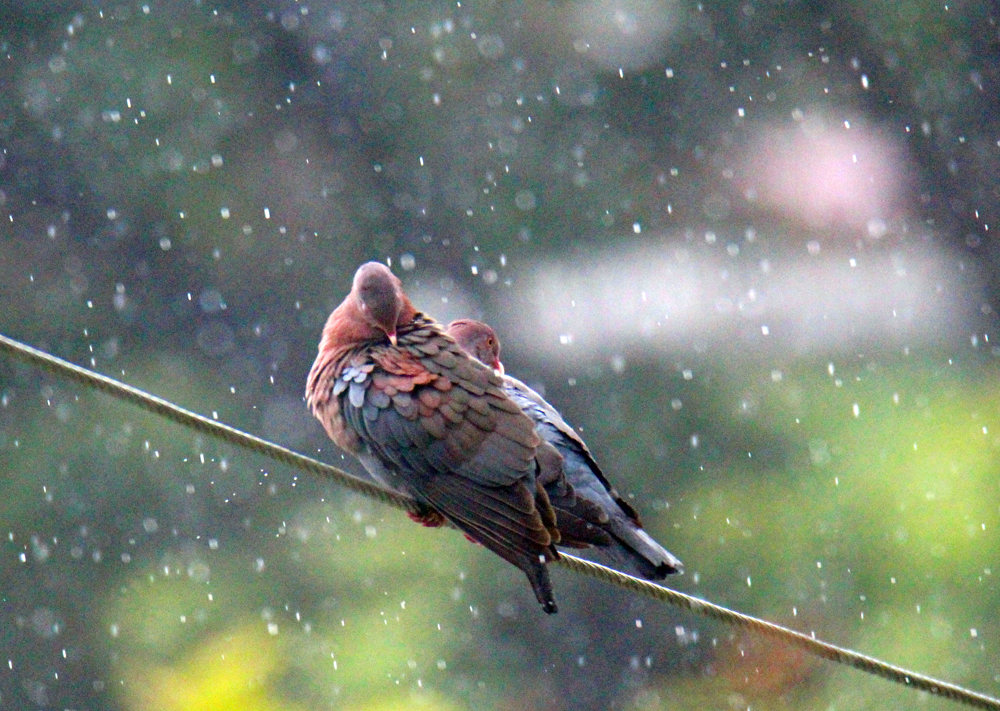I envision Jesus weeping over Jerusalem in Matthew 23:37-39 and Luke 19:41-44, and wonder: Has He already given up on the United States? Or is He still crying and hoping? Or maybe rolling his eyes in hopelessness?
I grew up assuming I was in the greatest country in the world. I was told so repeatedly as a child and was proud of being born on the fourth of July! I enjoyed the patriotism of Boy Scouts, flags, school programs, marching bands and the holiness of church. That was while growing up. Then I became a cynical adult, progressively seeing more of the under-belly of that “don’t Tread on Me” snake, the self-centered hypocrisy of leaders, even in church, and was becoming disillusioned. Today, living in another country, it is embarrassing to admit that I’m an “American” – though the title rightfully belongs to more than just the states; to all of north, central and south Americans. (That’s another issue!) 🙂
I believe that the Racist & Fascist Republican Party and their immoral idiot president are destroying what is left of an already failing “great nation.” They promised to “Make America Great Again” and now . . .
MAGA is the . . .
1. GREATEST PLACE ON EARTH FOR RICH PEOPLE with the biggest inequities between rich and poor in the world and constantly getting more so as Republicans continue to give tax breaks to the rich that the poor and middle class must pay for and do everything they can to keep the poor and racial minorities from voting. Great? No, pitiful!
“An imbalance between rich and poor is the oldest and most fatal ailment of all republics.” –Plutarch
2. GREATEST RACISM in the world with a white supremacist president they fully endorse and mimic while calling KKK and killer cops “good people.” I’m not sure if racism is the country’s “original sin” as some say, but it is something real leadership would help the country to come face to face with and correct! It is a major factor in the downfall of the states, while Republicans show much more concern over the looting of millionaire businesses than the murder of an innocent, unarmed father. Not Great! Pitiful!
“At the heart of racism is the religious assertion that God made a creative mistake when He brought some people into being.” – Friedrich Otto Hertz
3. GREATEST AMOUNT OF VIOLENCE IN THE DEVELOPED WORLD with so-called “Christians” embracing the NRA, Tea Party, international warmongering, the military industry, and the political party that kills in every realm while supposedly championing “Right to Life” so they can control someone else’s body. Why is the hypocrisy not obvious to them? Why do they look the other way as gun violence in America increases almost daily along with police violence? Trump cheered the gun-toting demonstrators against life-saving pandemic closings but says to shoot those who demonstrate for justice. Why do they accept money from NRA and the war industries to continue promoting violence daily in America and war overseas? Greatness? No! It is selfish power and control like the fascists of Italy or Nazis of Germany. Great? God help us!
“We lose eight children and teenagers to gun violence every day. If a mysterious virus suddenly started killing eight of our children every day, America would mobilize teams of doctors and public health officials. We would move heaven and earth until we found a way to protect our children. But not with gun violence.”
― Elizabeth Warren
4. GREATEST IMMORALITY IN THE WORLD! Republicans and evangelicals support an adulterous president who averages 15 documented lies a day, brags about sexually assaulting women, name-calls worse than any spoiled brat, encourages violence and hatred, demonstrates bigotry daily, has caused the death of thousands more because he would not accept the world pandemic and do something early, and well, the list has no end with so much immorality in the White House and the Republican Senate that it is nauseating. And to think that some of these hypocrites used to call themselves “The Moral Majority.” Ha, ha! Greatness? Not in my book!
“How can one be well…when one suffers morally?”
― Leo Tolstoy
5. GREATEST FAILURE OF HEALTHCARE SYSTEMS IN THE DEVELOPED WORLD. Oh? You like it? Then you must be rich! Like almost everything else in the U.S. it is for only the rich and about money – with Republicans helping insurance companies, pharmaceutical companies and for-profit hospitals get richer by the day and if you are rich, money can buy you almost everything, even good healthcare! While the poor, most middle class and the elderly without money suffer or do without. And they are still trying to destroy the one Affordable Healthcare Act the government has provided in years. The private healthcare system that rules in the USA is a disgrace to the country and just one more of the reasons I left.
“America’s health care system is neither healthy, caring, nor a system.”
― Walter Cronkite
6. GREATEST ANTI-DEMOCRACY “DEMOCRACY” IN THE WORLD! The whole Republican philosophy of governing is for select rich people to rule and keep the poor and the minorities under their thumb. They’ve continued that in so many ways as they support the most autocratic and self-centered president in the nations’s history – a true fascist and racist. And in their unfair ways of making the judicial system political, and their systematic ways of suppressing the public vote they thumb their noses at the people. They believe the country should be run by the rich plantation owners and the poor people be damned! While in my opinion, so-called “leaders” like Trump, McConnell and Barr belong in jail.
“The liberty of a democracy is not safe if the people tolerated the growth of private power to a point where it becomes stronger than the democratic state itself. That in its essence is fascism: ownership of government by an individual, by a group, or any controlling private power.”
― Franklin D. Roosevelt
7. GREATEST ANTI-ENVIRONMENT COUNTRY IN THE WORLD! Totally ignoring global warming and the huge climate crisis that will destroy much of the world we know today is almost a requirement to be a Republican and especially a Trump supporter. You must support the destructive oil and energy companies but never the health of the earth! 10 to 20 years from now some of you will look back on this time and wish you had taken a different attitude. The climate crisis is real and destructive! Your children will pay for your sins.
“We are the first generation to feel the effect of climate change and the last generation who can do something about it.”
~Barack Obama
8. GREATEST ISOLATIONISTS OF MODERN HISTORY and maybe all history! We used to be the world leader and now the USA has become the selfish rich kid, building a wall around himself as we pull out of WHO, UN, NATO, the Paris Agreement, etc. ignoring our friends and becoming a more selfish or self-centered nation. And you wonder why the U.S. has little respect around the world? It used to be different, even with some Republicans . . .
The United States will not retreat from the world, and we will never surrender to evil. America rejects the false comfort of isolationism.
― George W. Bush
Yep! That’s MAGA! If you like that, then, by all means Vote Republican!
But if you want to save America from its selfish self before it is too late, vote Democrat at every level of government! This November election may be the most critical ever in our history! Please vote Democrat! Save the U.S.!
Like this:
Like Loading...
